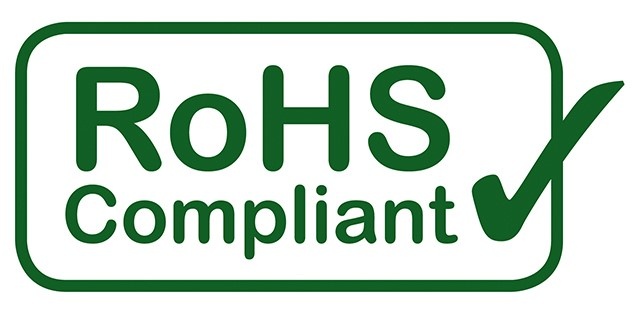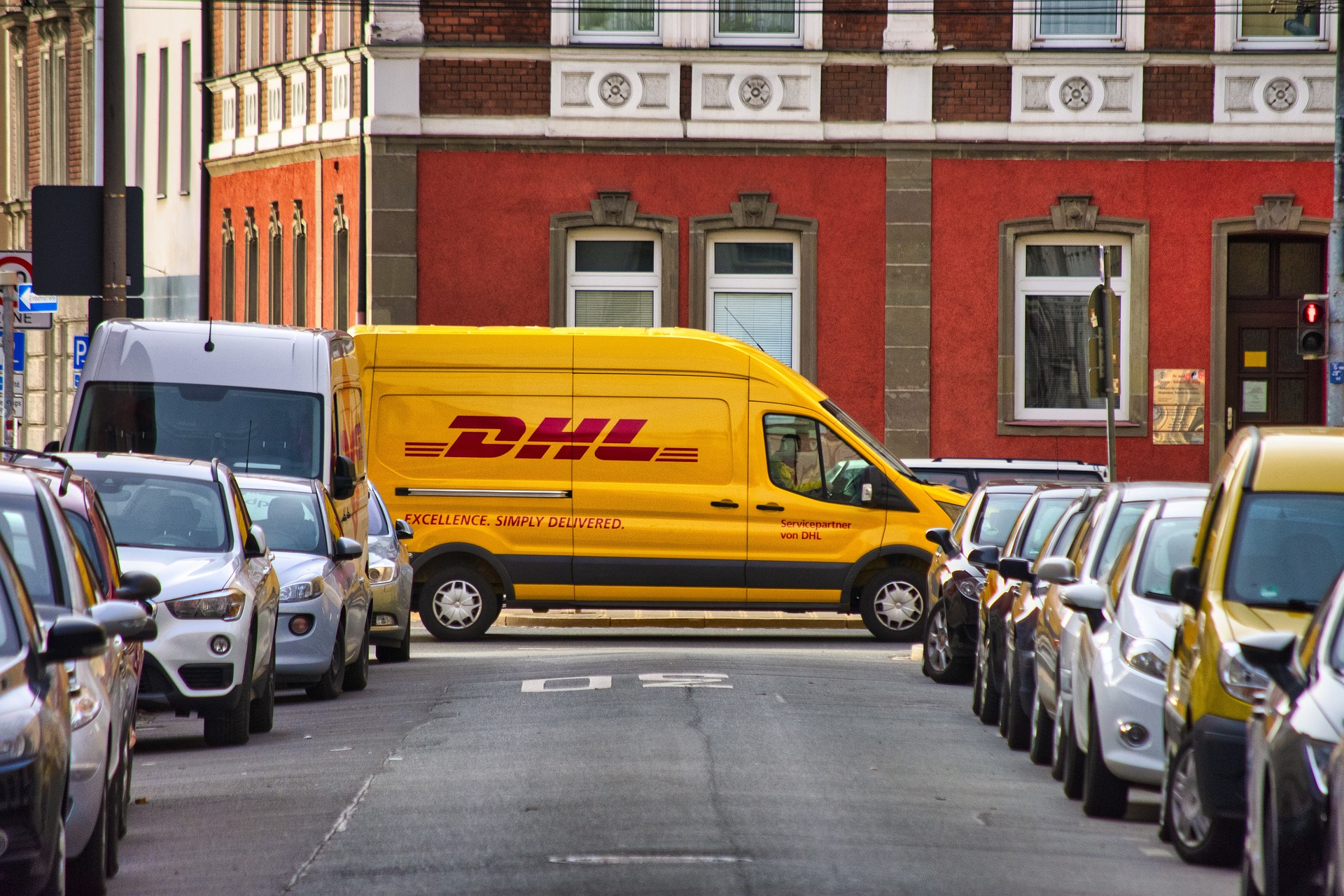I don’t work in the QA department, and I’m not a chemical expert. But as a procurement professional who works directly with suppliers, I fully understand that choosing the wrong material, one that doesn’t meet RoHS standards, could mean the entire product is not allowed to be sold in the EU market.
And the consequences? Product returns, damage to the company’s reputation, and even recalls – things no business wants to face. So, what is RoHS, and why should buyers like me understand it?
What is RoHS?
RoHS stands for Restriction of Hazardous Substances — a directive from the European Union (EU) that limits the use of specific hazardous substances in electrical and electronic equipment.
The original RoHS was introduced in 2003, but the current version in force is RoHS 3 (Directive 2015/863). It sets limits on the concentration of 10 restricted substances, including:
-
Lead (Pb)
-
Mercury (Hg)
-
Cadmium (Cd)
-
Hexavalent Chromium (Cr6+)
-
PBB and PBDE (flame retardants)
-
DEHP, BBP, DBP, DIBP (phthalates – commonly used in plastics)

Can a supplier self-declare RoHS compliance?
Yes. According to the EU RoHS directives (Directive 2011/65/EU and Directive 2015/863), manufacturers or suppliers are not required to provide a third-party certificate. They can self-declare RoHS compliance by preparing a document called a: Declaration of Conformity (DoC)
This document usually includes:
-
Product name
-
Manufacturer’s name and address
-
Related PO or contract number
-
The standard applied (RoHS 3 – 2015/863/EU)
-
Signature of the authorized representative
But as a buyer, should you just accept it? In my experience, no. Buyers should always review the validity and details of this document, especially when working with a new supplier. Here’s what I usually check:
-
The DoC must be properly signed and dated
-
The product name must match exactly what we are purchasing
-
If I have any doubts, I request additional documents like MSDS or COA
-
I also check with the QA or Regulatory team if a third-party test report (from SGS, TUV, etc.) is required especially for:
-
Medical device components
-
Products exported to the EU
-
High-risk items or suppliers with no export experience
-
Small tips for ensuring RoHS compliance
Many people think RoHS is only the job of the QA or regulatory department. But in fact, procurement is the first gatekeeper when it comes to compliance.
If you forget to ask about RoHS at the RFQ stage or don’t include it in your vendor selection criteria, you may cause delays, extra cost, or worse, non-compliant products down the line. As a buyer, I don’t need to memorize ppm limits for each substance. But I always ask these 3 basic questions to my suppliers:
-
Can you provide RoHS 3 certification?
→ Ideally, a Declaration of Conformity or a third-party test report (SGS, TUV…). -
Do you have experience supplying this item for EU or US markets?
→ If yes, they’re probably familiar with compliance requirements. -
Can you share a COA (Certificate of Analysis) or MSDS?
→ RoHS details are sometimes included there.
Once the order is placed, I also make sure to:
-
Save all RoHS certificates in our ERP system or cloud folder — to make audits easier
-
Include RoHS terms in our PO or contract such as: “All materials must comply with RoHS 3 (Directive 2015/863).”
Final thoughts
As a professional buyer, I believe that understanding RoHS basics is a must-have skill, especially if you work in industries with strict export or quality requirements. Choosing the right supplier doesn’t just save money — it protects your brand and helps avoid legal and compliance risks.
In a professional company or organization, never hesitate to Ask – Verify – Record these requirements. With support from your QA, regulatory, or legal teams, I believe you’ll stay on the right track when choosing the most suitable suppliers.


vnsxzxwqmz
znkstzxlmmwrqtjlrdmupgzqvtyhrj
wtnoyvojsp
xstmvtioflqiywxzxgifvzlrgvixxk